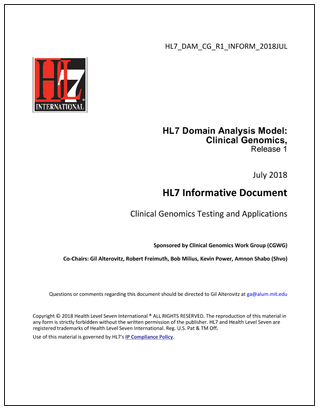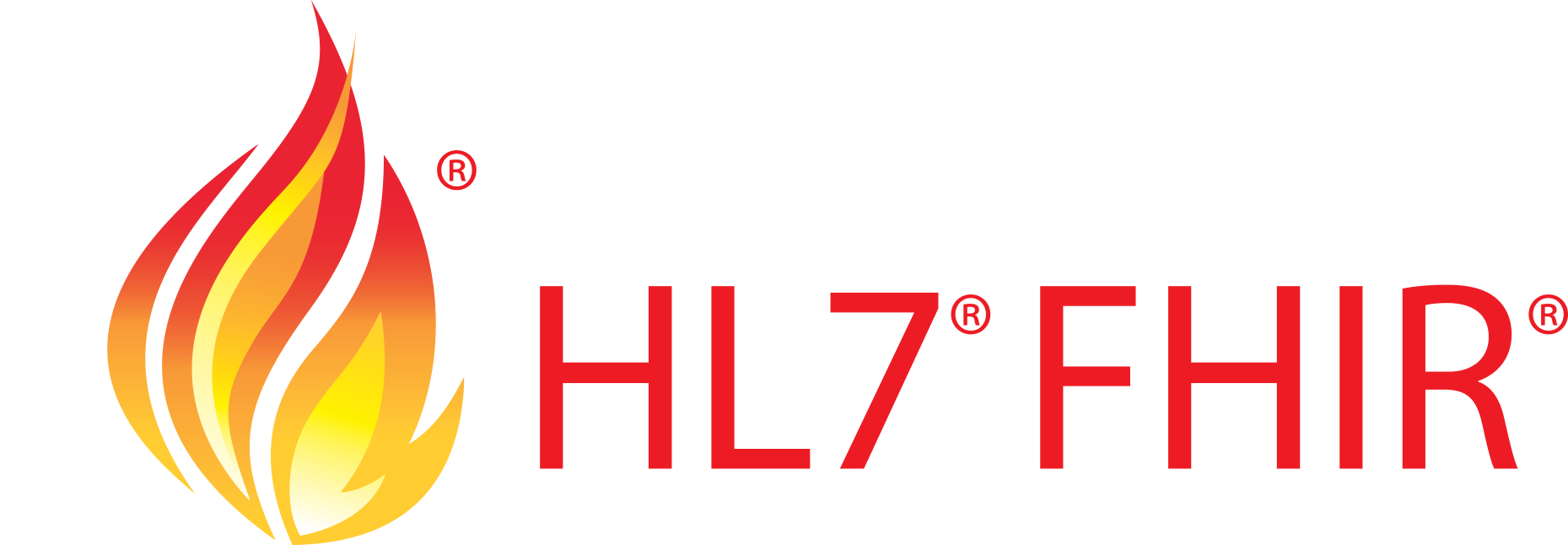Join Our Webinar on May 22, 2019 at 12 pm Central!
API 101: An Introduction to APIs and How They Are Transforming Health IT
Webinar speakers and blog authors:
Wayne Kubick, HL7 CTO
John Orosco, CTO, Sansoro Health
Dave Levin, CMO, Sansoro Health
Application program interface (API) technology has transformed the digital economy and is now poised to do the same in health IT. The combination of the an increasingly robust HL7 Fast Healthcare Interoperability Resources (FHIR®) standard API and the rules proposed by ONC on interoperability will accelerate this trend. What should you know before diving in? Tune in to our live webinar on Wednesday May 22 at 12pm CT.
APIs allow software applications to connect, communicate and collaborate through a combination of web services. This harnesses the power of internet “backbone” communication protocols to provide a secure channel for connecting two applications and standards like JSON and XML that provide data-interchange formats or “objects.”
APIs also allow businesses to collaborate more seamlessly. For example, businesses that ship packages via UPS can leverage the UPS API to easily track shipping status. This API hides the complexity of the UPS database and business logic. It’s an open API that is exposed to the world so almost anyone can use it. Simply register, learn how the API works and connect and your system can interrogate the UPS API, instantly retrieve the current status, and display it to your customers on your website or app.


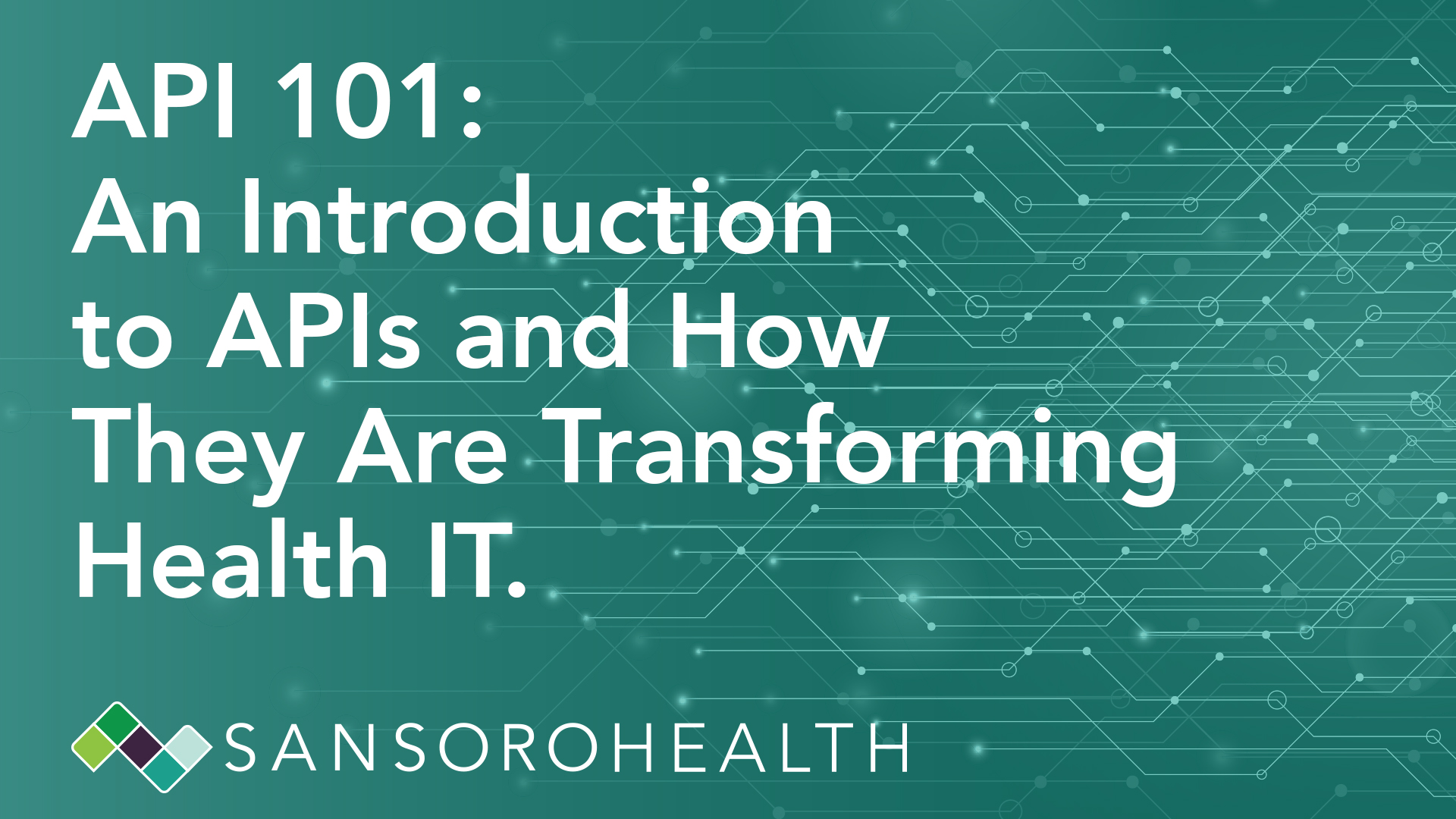
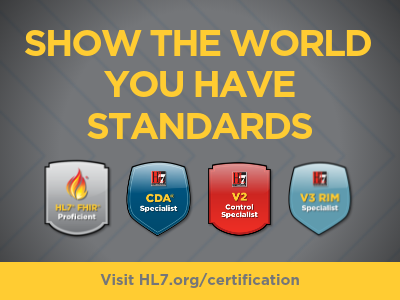
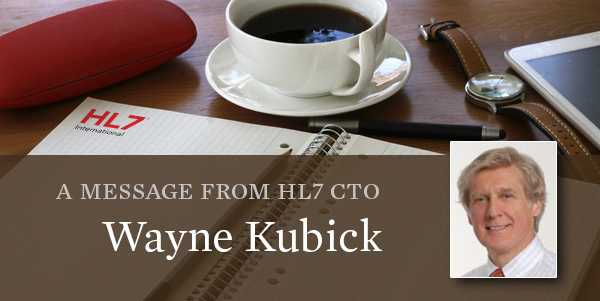
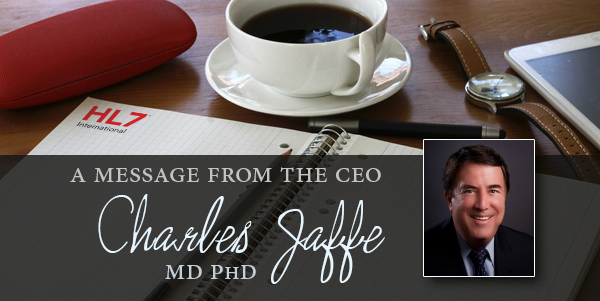
.png?width=600&name=Untitled%20design%20(1).png)
